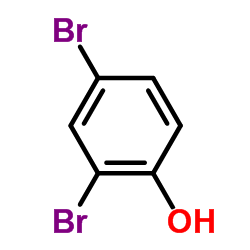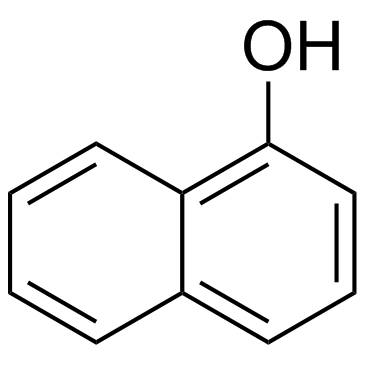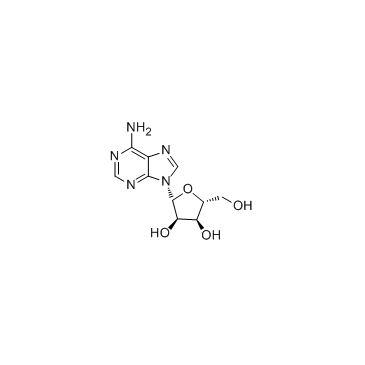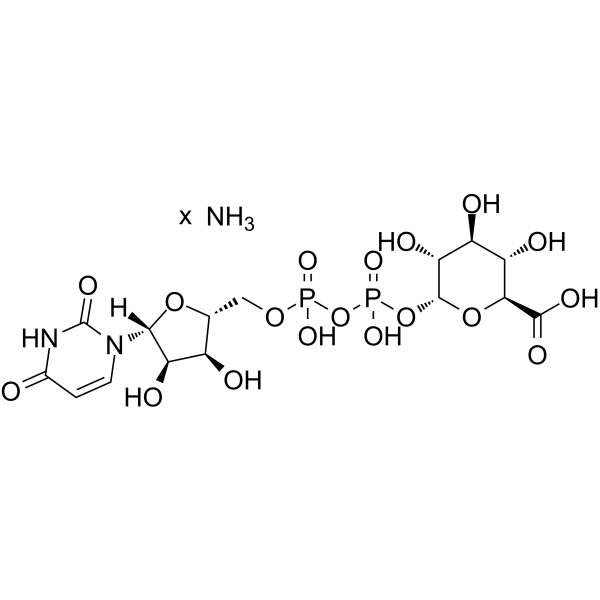| Structure | Name/CAS No. | Articles |
|---|---|---|
 |
Acetonitrile
CAS:75-05-8 |
|
 |
Methanol
CAS:67-56-1 |
|
 |
2,4-Dibromophenol
CAS:615-58-7 |
|
 |
1-Naphthalenol
CAS:90-15-3 |
|
 |
α-D-Glucopyranuronic acid
CAS:6556-12-3 |
|
 |
Adenosine
CAS:58-61-7 |
|
 |
Uridine diphosphate glucuronic acid ammonium
CAS:43195-60-4 |